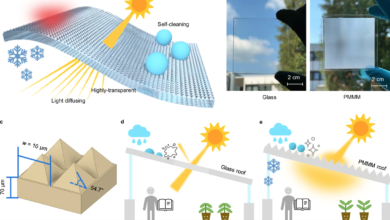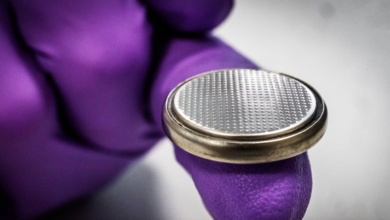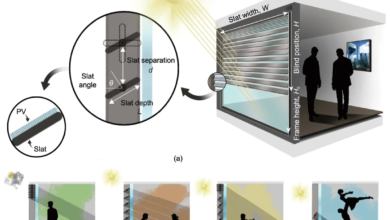Coconuts increase the Concrete strength
In addition to the Concrete strength, it improves the structural quality coefficient
Coconut shells can increase the Concrete strength to compression and bending, making it an even more reliable material for construction.
The experiment was conceived and carried out by Don State Technical University in Russia. Scientists were interested in measuring how coconut shells affect the strength of concrete. A positive response could have given a second life to this by-product of coconut processing. Normally, the shell is simply thrown away or burned.
The authors of the research, published in the journal Materials, have partially replaced sandstone with coconut shells crushed in a mixture of cement. Then they examined the density and durability of the resulting compound.
The structural quality coefficient increased by 6.1
They found that the compressive strength of concrete can be increased by 4.1% and its flexural strength by 3.4%. All this, only by adding a small amount of coconut shells (just 5%). The reason is that the cement paste, which is the bridge between all the solid particles of the concrete, penetrates the pores of the shell, binding it firmly to the other components and improving their performance.
It is not enough. Coconut fragments are less dense than sandstone, which reduces the weight of the concrete, increasing the structural quality coefficient by 6.1%. This indicator measures the resistance-to-density ratio of the material. However, increasing the percentage of coconut is not the way to get further improvements. The blend performs best when it contains 5% coconuts, no more. The experiment, in fact, tried to increase the proportion up to 30%. At that point, the resistance of the concrete dropped by 41.4%. Being less resistant than sandstone, coconut cannot be used in too significant percentages in the compound.






